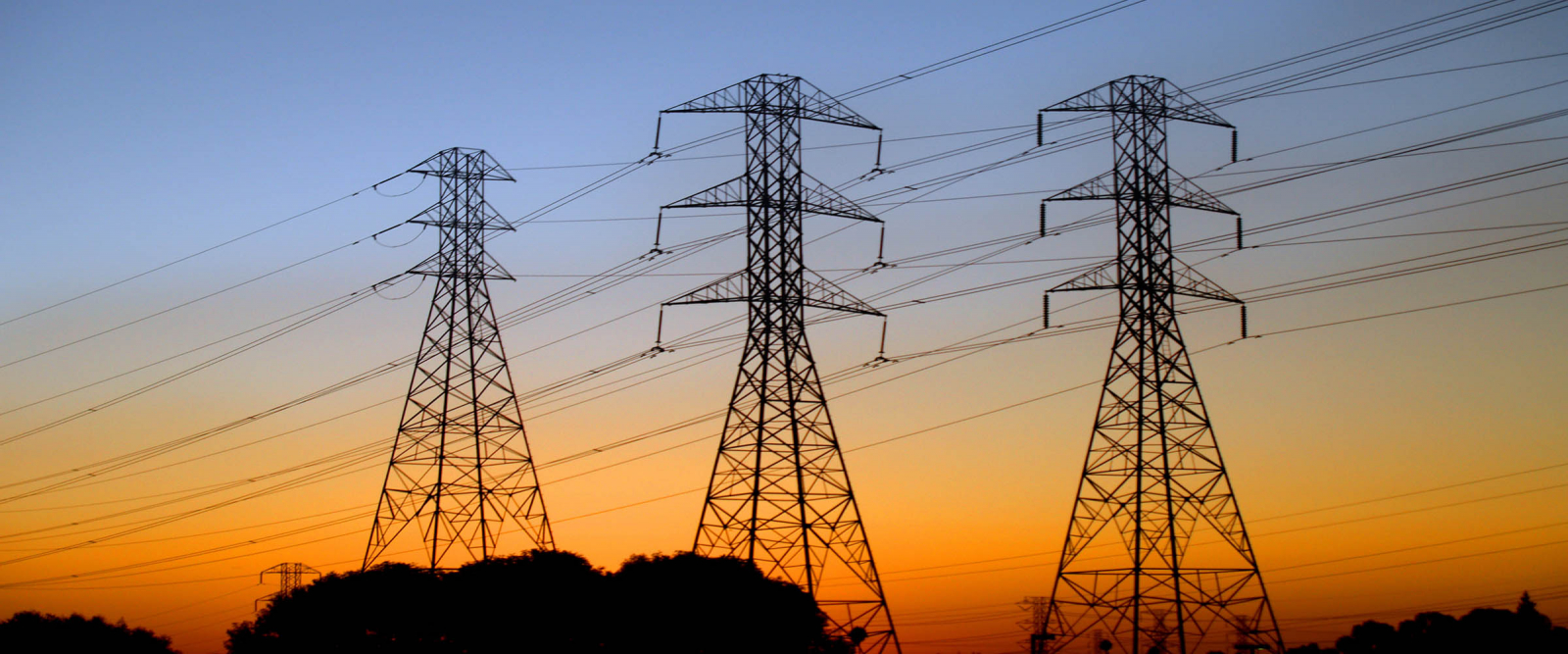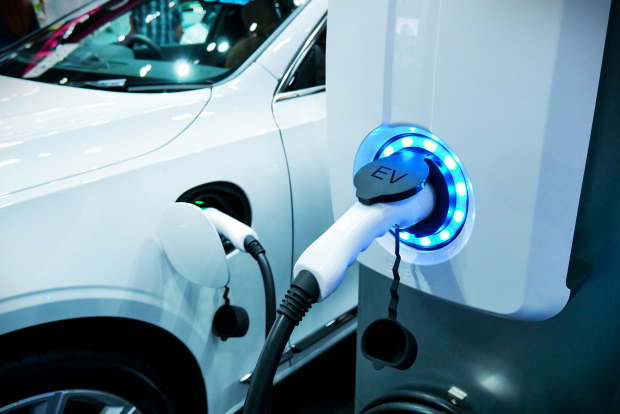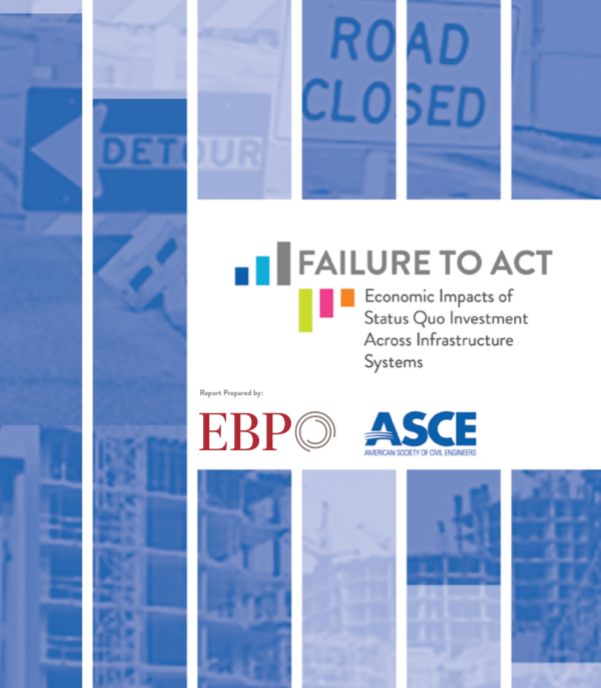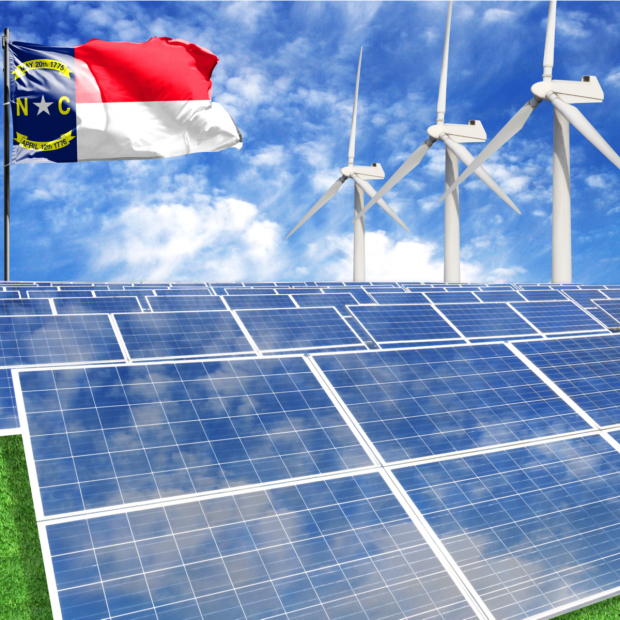

Economic Impacts of Proposed PG&E Utility Spending on California's Economy
By EDR Group (now EBP) for Pacific Gas and Electric (PG&E)
EDR Group completed an analysis of how a newly proposed program of capital investment and maintenance spending by Pacific Gas and Electric Company (PG&E) will affect the economy of PG&E's service area and the state of California. PG&E is embarking on a multi-billion dollar plan to expand and upgrade the generation and distribution infrastructure that provides gas and electric service in a 47-county area of northern and central California. The program proposed for 2014-2016 includes (1) capital investment of $11.9 billion over the three year period, to upgrade and expand electric and gas facilities; plus (2) operations and maintenance (O&M) spending of $8.2 billion over that same period to maintain existing power generation, electricity and natural gas distribution systems, safety systems, customer care, and computer systems. Altogether, the proposed new levels of capital investment and operations and maintenance spending total $20.1 billion over three years, averaging $6.7 billion per year.
EDR Group's report, Economic Impact of PG&E Proposed Generation, Distribution & Related Infrastructure Investments, profiles the proposed investments and spending and shows how it will support local construction and repair jobs, as well as orders for equipment, parts, and support services. It also measures broader effects on jobs, income and business sales across all sectors of the California economy. Overall impacts will include:
- Employment – roughly 30,000 jobs per year in the PG&E service area, and 39,000 jobs per year statewide.
- Business Sales – roughly $7.4 billion per year in the PG&E service area, and $9.0 billion per year statewide.
- Worker Income – roughly $2.4 billion per year in the PG&E service area, and $3.0 billion per year statewide.
- State & Local Tax Revenues – roughly $685 million per year for government agencies in California.
Based on the annual impact on business sales, the statewide economic impact will total $27 billion over the three-year period.
The report notes that the primary benefits of the proposed investments and spending are to meet the growing and changing energy needs of households, businesses, and government agencies while maintaining service quality and reducing future risks of equipment performance failure, accidents, and injuries. That is consistent with findings from a recent national report of the American Society of Civil Engineers: Failure to Act: The Economic Impact of Current Investment Trends in Electricity Infrastructure, which notes that adequate investment in electricity infrastructure and its maintenance is needed because "aging equipment and capacity bottlenecks ... lead to the same general outcome—a greater incidence of electricity interruptions. The interruptions may occur in the form of equipment failures, intermittent voltage surges, and power quality irregularities due to equipment insufficiency, and/or blackouts or brownouts as demand exceeds the capacity for periods of time. The periods of time can be unpredictable in terms of frequency and length, but the end result is a loss of reliability in electricity supply which imposes direct costs to households and businesses."
The report also notes that spending on upgrading local facilities and operations tend to be particularly supportive of jobs for local workers, compared to other forms of spending that merely increase orders for products produced overseas. It shows that the largest shares of local jobs supported by the PG&E spending program will be in construction and professional, technical and scientific occupations, followed by jobs in services, wholesale, finance, retail, and food services as a result of indirect (supplier) and induced (consumer re-spending) effects.








